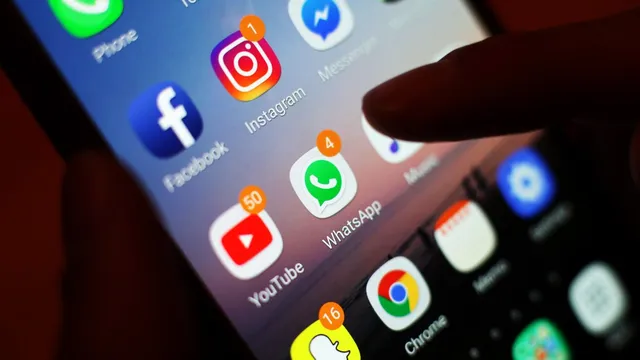
Lake Orion schools adopt strict cellphone-free policy
2025-06-01 09:03- Lake Orion Community Schools will introduce a cellphone-free policy starting next fall, following extensive feedback from the community.
- In Florida, the governor signed a bill to restrict cellphone usage across all school hours in elementary and middle schools.
- These policy changes reflect a growing movement in education to reduce distractions and enhance student engagement.
Express your sentiment!
Insights
In Michigan, Lake Orion Community Schools announced a significant change to its cellphone policy, which will take effect in the upcoming fall semester. The decision comes after extensive feedback gathered over six to eight months from students, staff, and families regarding cellphone usage in classrooms. The school district aims to minimize classroom distractions, promote face-to-face interactions, and increase student engagement in learning processes. Maureen Shaughnessy, a parent and teacher, expressed her approval of the decision, highlighting the negative impact of cellphones on the educational environment. The initiative reflects ongoing discussions about the role of technology in schools. Meanwhile, in Florida, Governor Ron DeSantis enacted a new law that enhances restrictions on cellphone usage in schools. This law, known as HB 1105, prohibits the use of cellphones throughout the entire school day for students in elementary and middle schools. The legislation was passed by the Florida Legislature and aims to revise previous rules that already barred cellphone use during instructional time. The new law creates a pilot program to restrict cellphone usage in high schools within six specific counties. These measures are indicative of a broader trend towards limiting distractions in educational settings. Both Lake Orion Community Schools and the Florida legislation demonstrate a growing concern among educators and lawmakers about the impact of technology on student learning and attention. By banning cellphones, both entities hope to improve the quality of education by fostering an environment conducive to traditional face-to-face learning. Discussions surrounding such policies have revealed a strong consensus among educators about the adverse effects of phones in classrooms. Efforts to limit cellphone use are becoming more prominent, reflecting a shift towards prioritizing student interaction over digital distractions. These changes come against the backdrop of a national conversation about the best practices for integrating technology into education systems. As schools grapple with the challenges posed by smartphones and social media, policies are being developed to establish clear boundaries regarding tech use in learning environments. The implementation of these policies signals a commitment from both school districts and state governments to pave the way for a healthier classroom dynamic and learner-focused educational experiences.
Contexts
The impact of cellphones on classroom learning has become an increasingly important topic as technology continues to permeate educational environments. In recent years, cellphones have transitioned from being mere communication tools to vital components of the learning process. On one hand, advocates for cellphone use in classrooms argue that these devices can enhance learning by providing access to a vast array of resources, including educational apps, online research tools, and real-time collaboration platforms. The capability to access multimedia content can also cater to different learning styles, which can be particularly beneficial in diverse classrooms. Additionally, when incorporated effectively, cellphones can encourage student engagement and facilitate interactive learning experiences that traditional teaching methods may not offer. On the other hand, the presence of cellphones in classrooms poses significant challenges. Critics point to the distractions that these devices create, potentially hindering students’ ability to focus on lessons and participate actively in classroom activities. The temptation to use social media, play games, or browse the internet during instructional time often leads to a decline in academic performance. Moreover, the disparity in access to technology among students can exacerbate existing inequalities, causing some learners to feel left behind when other classmates have superior devices or faster internet access. Schools must address both the potential benefits and the pitfalls that come with cellphone usage to create an inclusive educational environment. To harness the positive aspects of cellphone use, educators must develop comprehensive policies that govern their use in classrooms. This can include setting clear guidelines on when and how cellphones can be utilized to support learning while minimizing distractions. For instance, integrating structured activities that require cellphone use can help students stay engaged and focused. Additionally, training educators in the effective incorporation of technology into lesson plans can empower them to utilize cellphones as valuable educational tools rather than disruptive influences. Collaboration between teachers, administrators, and students is essential in creating a balanced approach to cellphone usage, ensuring that the technology enhances rather than detracts from the educational experience. In conclusion, the impact of cellphones on classroom learning is multifaceted and requires thoughtful consideration by educators and policymakers alike. While cellphones can provide numerous educational advantages, they also bring potential distractions and inequalities that must be carefully managed. By establishing appropriate guidelines and integrating cellphones into lesson plans effectively, schools can leverage the benefits of these devices to improve student learning outcomes, ultimately fostering a more engaging and inclusive educational environment.